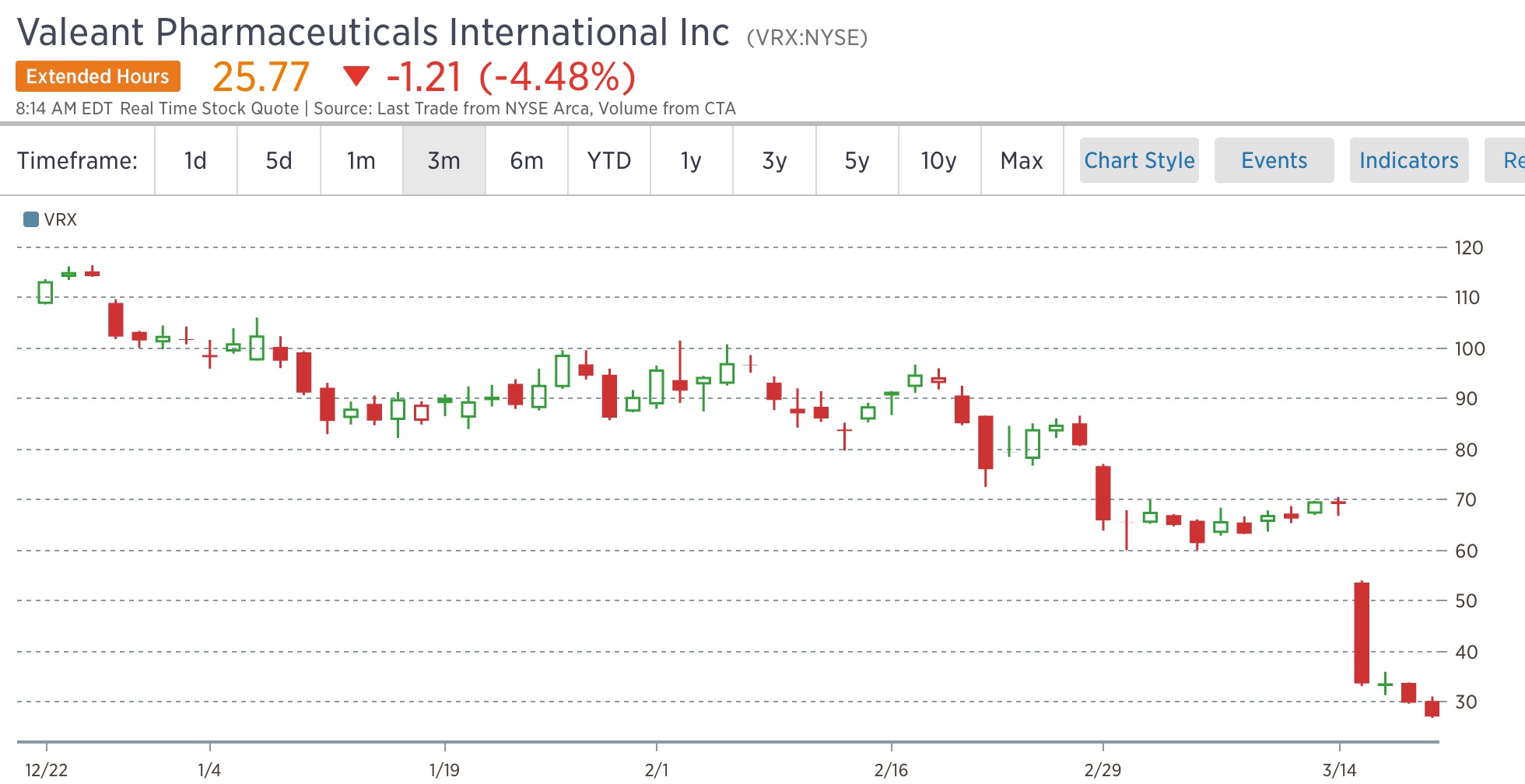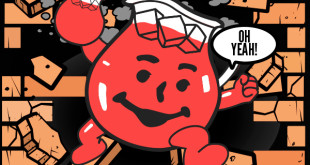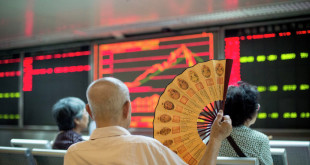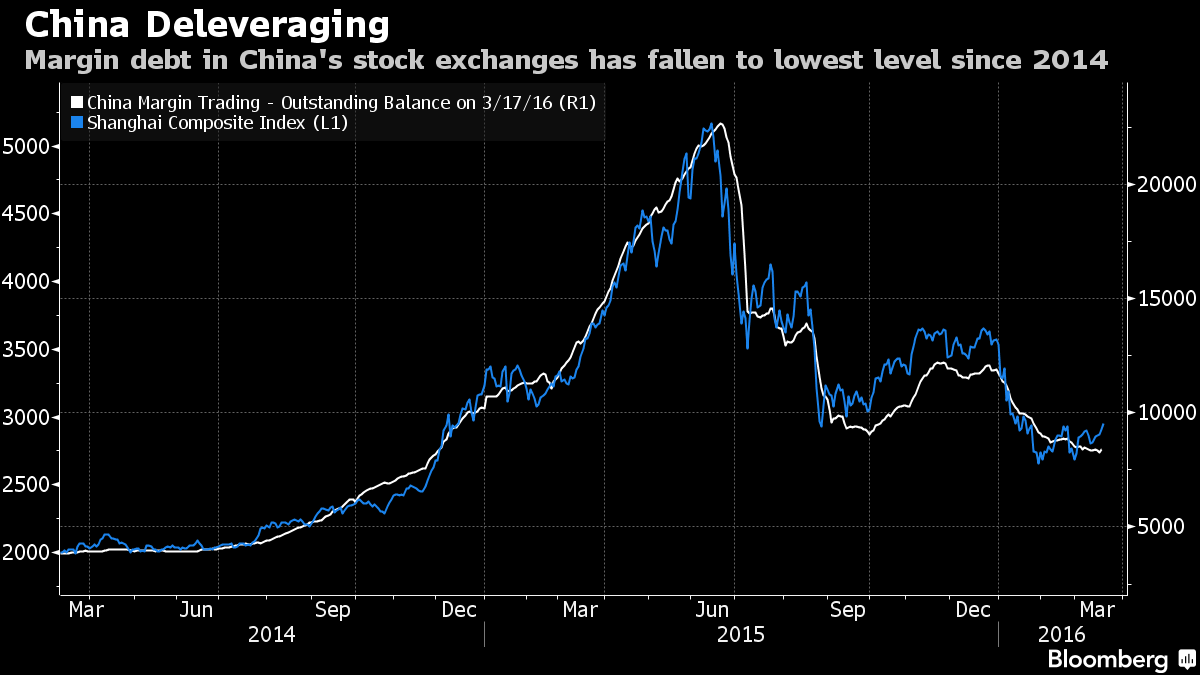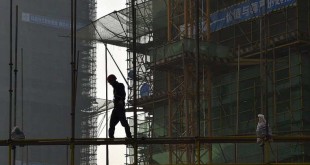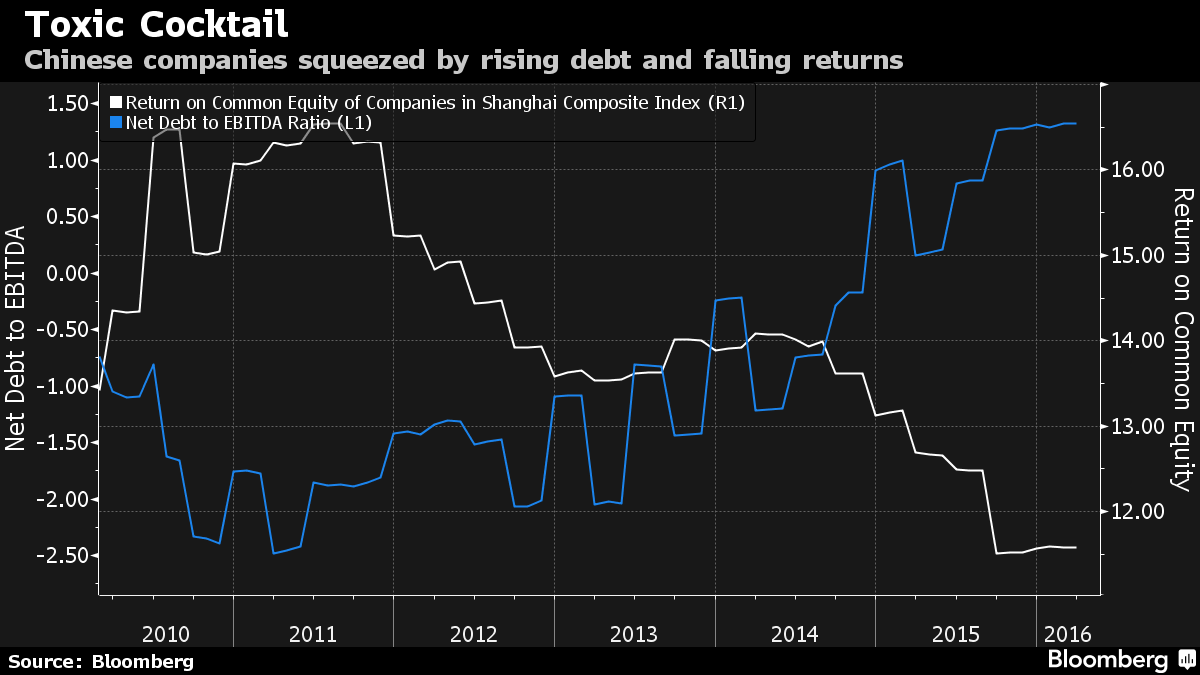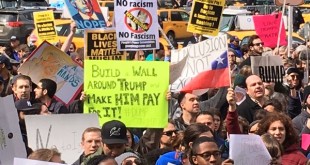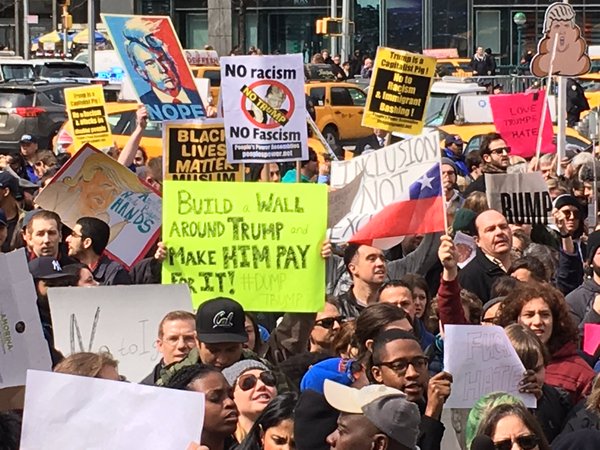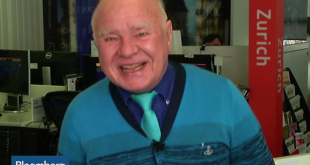At this point, the Valeant agony is minimized only by the reduced size in an already tattered position. Firms like Valueact and Pershing Square have endured heinous, unforgivable, losses at the hands of a M. Pearson. The bedraggled CEO of VRX is a fat, disgusting, troll of a man, who circumvents the world in search for orphan drugs, for the explicit purposes of raising their prices.
This business model, once revered by the Wall Street elite, has proven to be woeful.
Here we are, pre-market, and the stock is getting hammered on heavy volume, down 4.5% to $25.77.
As I am writing this, shares are halted with news pending. The way I see it, Pearson has to go, immediately. Since the business model is broken and their debt load is becoming an issue for the never-ending spiraling equity, they need to do a capital raise. At this point, the only thing that can turn the shares around is a takeover of the entire company. Even if that occurred, the geniuses who went long above $200 will never recover their original investment.
The tides have turned, permanently, for VRX and their ilk, which include ENPD and MNK.
Comments »

